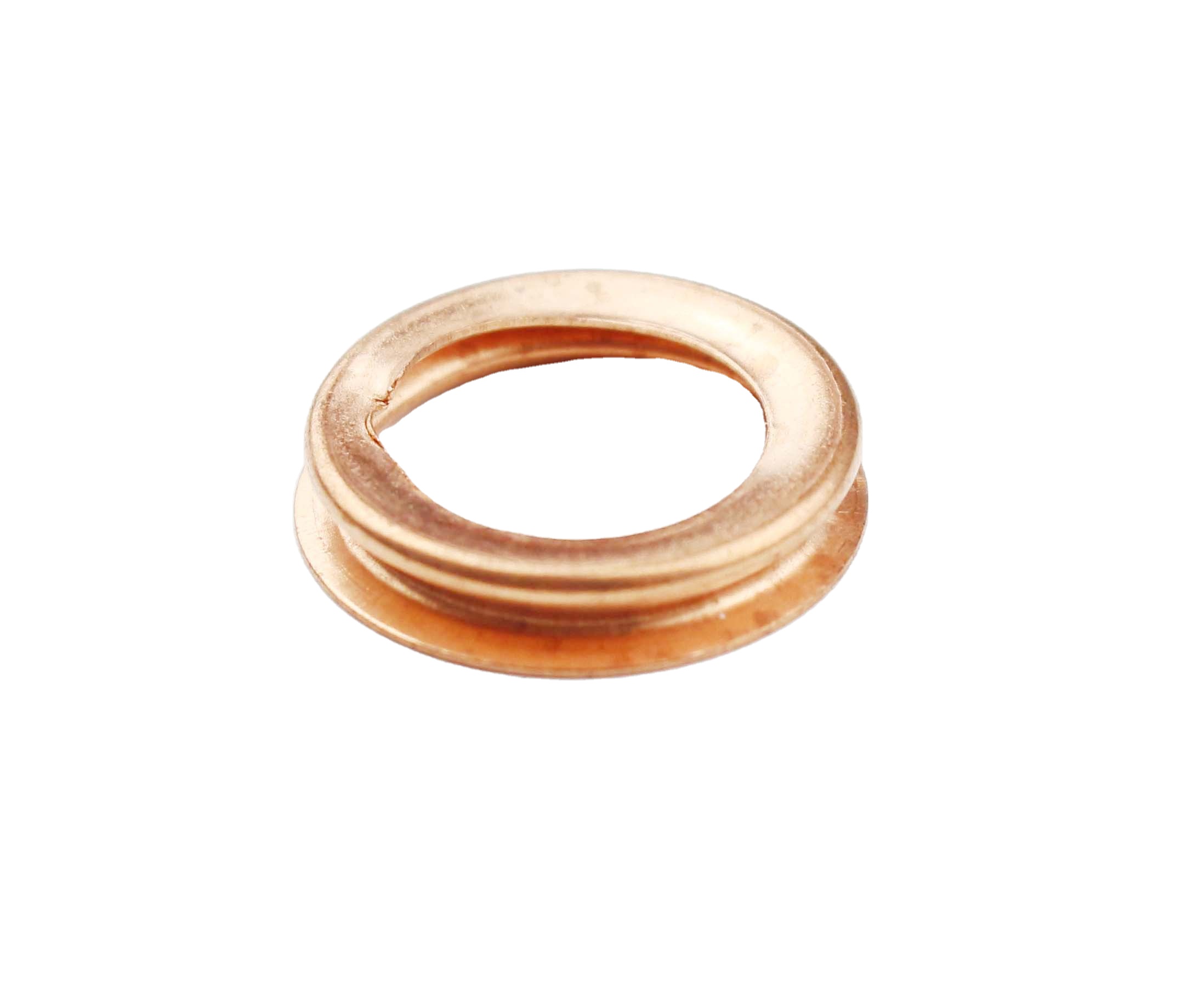Rear axle wheel seal maintenance and replacement tips for improved vehicle performance
Understanding Rear Axle Wheel Seals An Essential Component of Vehicle Performance
The rear axle wheel seal is a crucial component in the functionality of vehicles, particularly those that utilize a rear-wheel drive system. This small but mighty part serves a significant purpose in maintaining the overall health and performance of a vehicle’s drivetrain. Understanding the role of rear axle wheel seals, their construction, common issues, and maintenance can help vehicle owners improve longevity and performance.
What is a Rear Axle Wheel Seal?
A rear axle wheel seal is a critical part located at the end of the axle housing. Its primary function is to prevent lubrication fluids, such as differential oil or gear oil, from leaking out of the axle assembly. At the same time, it acts as a barrier to keep dirt, debris, and moisture from entering the axle assembly, thus preserving the integrity of the components within.
Typically made from durable materials such as rubber or synthetic compounds, rear axle wheel seals are designed to withstand harsh conditions, including extreme temperatures and exposure to various environmental elements. They are engineered to provide a tight fit around the axle shaft, helping to maintain a sealed environment for the vehicle's lubrication system.
Importance of Rear Axle Wheel Seals
The importance of a properly functioning rear axle wheel seal cannot be overstated. A failure or deterioration of the seal can lead to severe consequences for a vehicle, including
1. Lubrication Loss When a seal fails, the lubricant can leak out, leading to insufficient lubrication. This inadequate lubrication can result in increased friction and heat, causing significant wear and tear on the gears and bearings in the differential.
2. Contamination A compromised seal allows dirt and debris to enter the axle assembly. This contamination can lead to further damage, increasing the risk of component failure and costly repairs.
rear axle wheel seal

3. Performance Issues A leaking seal can negatively impact the vehicle’s performance, resulting in decreased fuel efficiency and potential handling problems. This can also lead to safety concerns on the road.
4. Increased Repair Costs Addressing the symptoms of a seal failure, such as changing oil frequently or repairing damaged components, can lead to escalating repair costs over time. By maintaining the integrity of the rear axle wheel seals, vehicle owners can save money in the long run.
Common Issues with Rear Axle Wheel Seals
Several factors can contribute to the deterioration of rear axle wheel seals. Over time, exposure to heat, chemicals, and environmental elements can degrade the material, leading to cracks or hardening. Improper installation can also result in damage or misalignment of the seal, compromising its effectiveness. Additionally, any pre-existing issues with the axle shaft or differential can contribute to uneven wear on the seal.
Maintenance and Replacement
Regular maintenance can help extend the lifespan of rear axle wheel seals. Checking for signs of leakage during routine vehicle inspections can catch potential issues early on. Additionally, maintaining appropriate fluid levels and replacing old or contaminated lubricants can help prolong the life of the seal and the components it protects.
If a rear axle wheel seal does fail, it is essential to replace it promptly. During replacement, it is crucial to ensure proper alignment and fit to prevent future issues. Professional assistance may be beneficial, especially for those unfamiliar with the complexities of axle assembly.
Conclusion
In summary, the rear axle wheel seal is a vital component that plays a significant role in the overall performance and durability of a vehicle. Understanding its functions, common issues, and maintenance can help vehicle owners ensure longevity and reliability. Regular inspections and prompt replacements when necessary will not only protect the vehicle’s drivetrain but also enhance safety, efficiency, and driving pleasure. Proper attention to this small yet indispensable part translates into a smoother, more reliable ride for years to come.
-
Understanding the Front Main Engine Seal: Purpose, Maintenance, and Installation
News Jul.29,2025
-
Understanding O-Rings and Seal Rings: Types, Applications, and Custom Solutions
News Jul.29,2025
-
Understanding Crankshaft Oil Seals: Rear Seals, Pulley Seals, and Their Role in Engine Integrity
News Jul.29,2025
-
The Importance of Front and Rear Crankshaft Seals in Engine Performance and Oil Management
News Jul.29,2025
-
Crank Oil Seals: Functions, Types, and Cost Considerations in Engine Maintenance
News Jul.29,2025
-
A Comprehensive Guide to O-Rings and Seals: Types, Materials, and Global Applications
News Jul.29,2025
-
Mastering Diesel and Performance Engine Maintenance: A Guide to Critical Oil Gaskets
News Jul.28,2025
Products categories















